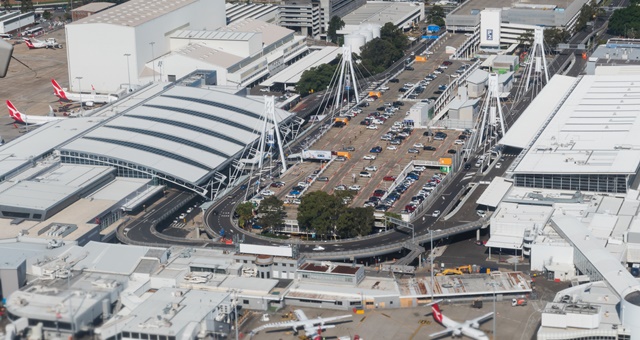
Multiple new hotels, including one already approved 430-room hotel, could be on their way to Sydney Airport’s northern sectors over the next two decades, according to a brand new Master Plan covering airport operations through to 2039.
Excluding existing terminals T1 in the north-west and T2/T3 in the north-east, significant parcels of land measuring up to 120,000 square metres in usable floor space have been identified as areas for potential development to cater to businesses including hotels, offices and other commercial operations. The plan indicates a major area for this development could take place near the waterfront along the Cooks River, near the existing Kogarah Golf Course.
Specifically, the plots state a suitability for hotels offering “approximately 200 to 500 rooms in total” could be developed in the north-west sector near the current T1 International terminal within the next five years. Closer to the T2/T3 Domestic operations, more space allowing for hotels with “approximately 500 to 900 rooms in total” have been outlined as potentially viable developments over the 20-year planning period. The plan indicates Ross Smith Avenue – which runs adjacent to General Holmes Drive near the T2 entrance road down past the existing Blue Emu Car Park – as being a potential site for new hotels.
The 430-room hotel which has already been approved will be built as part of a multi-storey ground transport interchange.
Crucially however, Sydney Airport CEO Geoff Culbert says in the Master Plan Summary that plans are flexible and will be delivered in collaboration with community groups operating in the area.
While cognizant that the majority of land allocated at Sydney Airport remains available first to aviation activity, all additional projects proposed are being developed to support the efficient operations of the airport. The Master Plan says that the airport is aware of a growing demand for businesses and agencies to be positioned closer to the airport or even airside, including hotels, freight and car rental businesses more frequently relegated to adjacent or off-site premises.
Green technology, environmentalism and sustainability were also high on the airport’s agenda, with all new developments requiring four-star Green Star Design ratings for all new commercial developments.

